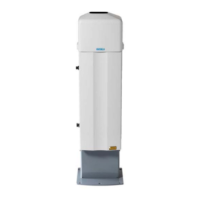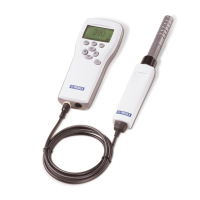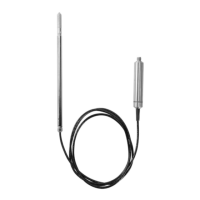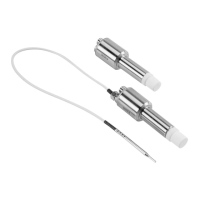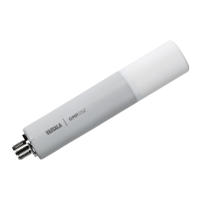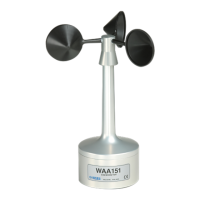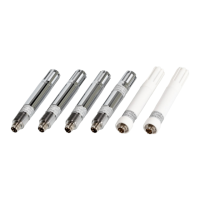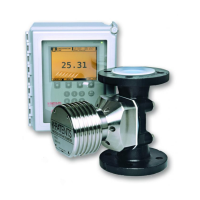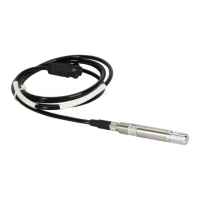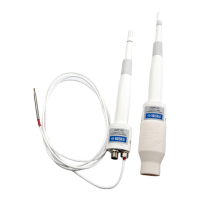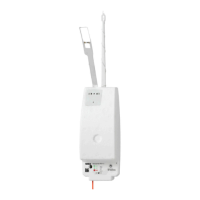Ceilometer CT25K
CT25K-U059en-2.1 User’s Guide
57
When the measurement starts, the Timing and Control logic of the DCT51
starts issuing trigger pulses to the Laser Transmitter CTT21 at the specified
repetition rate. At each trigger pulse the transmitter sends out one laser pulse.
This laser pulse gets collimated by the lens into a near-parallel beam of light.
As this short laser beam traverses the atmosphere, particles cause scatter in
the backward direction, a part of which hits the lens and gets focussed by it.
The beamsplitter reflects a fixed fraction of it through the Infrared
Interference Filter onto the Avalanche Photodiode (APD) of the Receiver
CTR21. The Infrared Interference Filter eliminates all background light noise
outside the laser wavelength band.
The APD transforms the backscatter photons into electrical current at a fixed
ratio. This current gets amplified in the transimpedance-type Receiver
Amplifier to a voltage, which is fed into the Flash Analog-to-Digital
Converter (ADC) of the Ceilometer Interface Board DCT51. This ADC
converts the analog voltage to 8-bit digital bytes at the specified sampling
rate. These digital samples then get added into the First-In-First-Out (FIFO)
register of the DCT51. This FIFO is cleared to all-zeroes before start; its data
content is rotated so that a sample from a specific distance (specific delay
time after the laser pulse launch) always gets summed into the same rotating
and accumulating register location. Thus the sequential summing of new
samples gradually creates a high-resolution digital image of the backscatter
profile. Noise, being random, increases only in proportion to the square root
of the number of samples, whilst the effective signal increases in direct
proportion to the number of samples. Thus, the final digital profile will reveal
properties of the atmosphere that couldn’t be seen from an instantaneous
signal.
At the end of the set number of pulses the DCT51 issues an interrupt to the
DMC50B, upon which the software fetches the digital profile to its RAM for
the algorithmic processing. After processing, the measurement result is ready
for message transmission through the data link to the equipment it connects
to.
In conjunction with the backscatter measurement the laser pulse energy is also
measured by the Optics Monitor CTL21 photodiodes. The measured value is
used by the algorithm for normalizing the profile into the right magnitude, for
adjusting the laser voltage by the Digital-to-Analog Converter (DAC) placed
on the DCT51, and ultimately, for warning or alarming of loss of laser power.
During the exit of the laser pulse, a small fraction of energy is also reflected
back into the receiver by the optics surfaces of the unit. Due to the
tremendous sensitivity of the receiver, this optical cross-talk could seriously
distort the profile, and therefore it needs to be neutralized. This is done by a
secondary APD, which gets its input from an optical fiber light guide placed
so that it only sees the outgoing laser pulse but not the backscatter. The two
APD’s are connected in a half-bridge configuration, whereby most of the
optics cross-talk signal is substracted from the measurement signal. For best
possible balancing of the bridge, the compensating APD gain is under
software control through the DAC of the DCT51. The backscatter
measurement sampling actually starts before the launch of the laser pulse, and
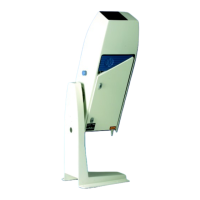
